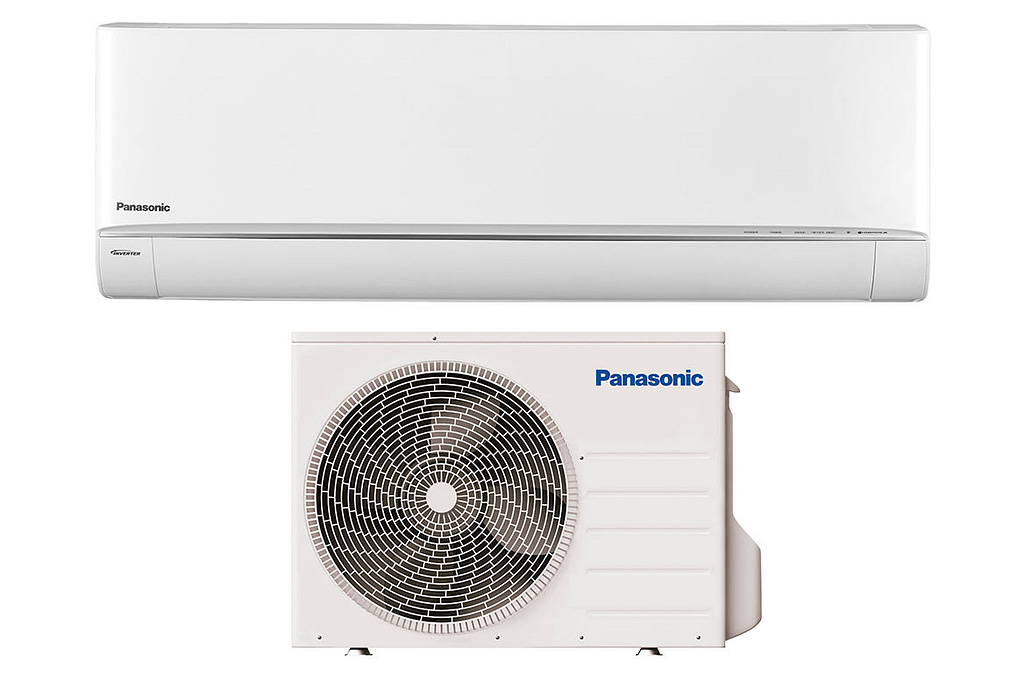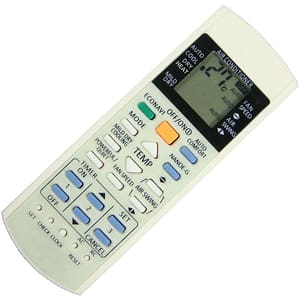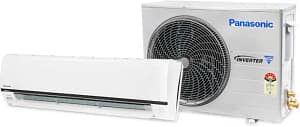How to Resolve Common Issues with Panasonic Air Conditioners

Navigating through issues with your Panasonic air conditioner can be daunting, but with the right knowledge and steps, you can troubleshoot and solve common problems effortlessly. In this guide, we’ll provide a comprehensive set of solutions to tackle issues like cooling problems, water leakage, unusual noises, musty odors, and more. Additionally, we’ll outline the steps for resetting your Panasonic air conditioner and utilizing the troubleshooting guide in your user’s manual. By following these expert-recommended methods, you’ll ensure your Panasonic AC unit operates at its best, keeping your home cool and comfortable.
Common Problems with the Panasonic Air Conditioner
Air Conditioner not cooling:
If your AC isn’t cooling, check the remote’s battery and mode settings. Low-powered batteries can disrupt communication. Also, deactivate automatic fan speed settings, as they might hinder cooling. For internal component issues, consult the error code in your manual or seek professional help.
Indoor Unit Leaking Water:
Outdoor units may drip water, but if the indoor unit leaks, it’s concerning. Potential causes include dirty condenser coils or clogged drain lines. Clean these components to stop the leak.
Air Conditioner Making Hissing Noise:
A hissing sound could signal a refrigerant leak. Technicians can fix the leak and replenish the refrigerant flow.
AC Smells Musty:
A musty odor often indicates mold growth due to accumulated moisture and dust particles. Regular cleaning can eliminate the smell.
Air Conditioner Won’t Turn Off:
Possible culprits include a faulty thermostat or dirty condenser coils. Clean these components yourself, but for a damaged control board, seek professional assistance.
How to Reset Your Panasonic Air Conditioner:
Reset using the circuit breaker. Turn off the AC, locate the circuit breaker connected to your unit, and flip it off. Wait for 30 seconds, then turn it back on.
Panasonic Air Conditioners Troubleshooting Guide:
Check for Error Code:
Look for error codes on your indoor unit or remote control. If unavailable, press the black button on the remote for 5 seconds to generate an error message.
Consult Your User’s Manual:
Refer to the manual for specific error codes and troubleshooting steps. Panasonic provides detailed guides for various issues. Ensure you’re consulting the correct manual for your model.
By following these steps, you can troubleshoot and resolve common problems with your Panasonic air conditioner effectively. For complex issues, consult the manual or seek professional assistance.
Common Error Codes
| Error Code | Meaning |
|---|---|
| E01 | Indoor/outdoor communication failure |
| E02 | HIC circuit failure (Compressor/Fan circuit) |
| E03 | Outdoor unit OTP rom failure |
| E04 | Peak current cut off |
| E05 | PAM or Active circuit failure |
| E06 | High compressor discharge temperature |
| E07 | Indoor fan operating failure |
| E08 | 4 way valve switching failure (RV) |
| E09 | No refrigerant protection |
| E10 | DC compressor drive circuit failure |
| E11 | Outdoor fan operating failure |
| E12 | Error in outdoor unit |
| E13 | Freeze prevention activated |
| F11 | Cooling mode / Heating switch error |
| F90 | Bost booster circuit fault for compressor compressor power block |
| F91 | Compressor load line error is too low |
| F93 | Compressor rotation speed error |
| F95 | Hot platform temperature is too high |
| F96 | Compressor power transistor overheat (IPM) |
| F97 | Compressor temperature is too high |
| F98 | Compressor load is too high |
| F99 | The DC output to the compressor is too high |
| H00 | No detected abnormalities |
Also read: How to Master Panasonic AC Remote Functions –
Frequently Asked Questions:
Q1: My Panasonic air conditioner isn’t cooling properly. What could be the problem?
- Answer: Ensure your AC is set to cool mode and check the remote’s batteries. Additionally, remove automatic fan speed settings, which might hinder cooling. If issues persist, refer to the user’s manual for error codes or seek professional assistance.
Q2: How can I stop my indoor unit from leaking water?
- Answer: Indoor water leaks might stem from dirty condenser coils or clogged drain lines. Regularly cleaning these components can prevent leakage.
Q3: My AC unit is making a hissing noise. What does it indicate?
- Answer: A hissing sound often signifies a refrigerant leak. It’s crucial to have a technician fix the leak and replenish the refrigerant flow.
Q4: Why does my air conditioner emit a musty odor?
- Answer: Musty smells are usually caused by mold growth due to accumulated moisture and dust particles. Regular cleaning and maintenance can eliminate this odor.
Q5: What should I do if my AC won’t turn off?
- Answer: A faulty thermostat or dirty condenser coils might prevent the AC from shutting down. Cleaning these components can often resolve the issue. For control board problems, professional assistance is recommended.


